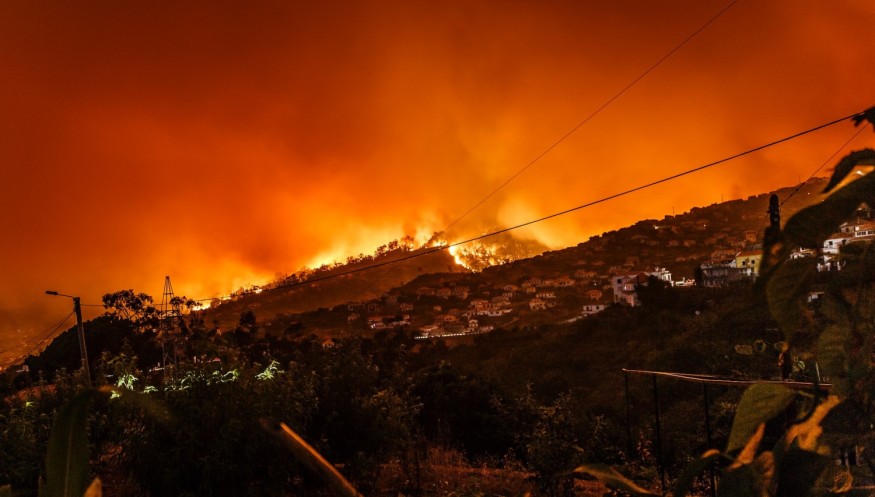Wildfires have engulfed different parts of the world in recent years, including in North America and Europe, resulting in widespread damage and casualties, in some cases. Forest fires and bushfires have also been reported in some islands in the Pacific Ocean; with the recent devastating Maui wildfires in August 2023 being the latest example.
In this context, scientists have long thought that human settlement and their activities are the largest triggers of this natural disaster. While there is strong evidence that post-Ice Age wildfires have been occurring in the tropical and subtropical parts of Earth for thousands of years, previous research asserts that the expansion of humans has amplified the frequency and intensity of wildland fires.
Now, a new study led by researchers in the United States found that Pacific Island wildfires are caused by a combination of natural and anthropogenic factors. In particular, the researchers point out that fire activity is influenced not only by human land use, including deforestation in remote Oceanian islands, but also by climate interactions.
Alarming Pacific Island Wildfires

In the study published in the journal Nature Ecology & Evolution on Monday, October 2, the US research team acknowledged that remote islands in the continent of Oceania experienced significant environmental transformations after the onset of human settlement in the past 3,000 years. The research team determined that the environmental degradation caused by humans has been overlooked.
To arrive at their conclusion, the team used charcoal and stable carbon isotopes found in deep soil cores to reconstruct fire activity and deforestation in the Sigatoka River valley in Viti Levu, Fiji, an island country in the South Pacific Ocean and an archipelago consisting of over 300 islands. While human settlement is to blame, the study found fires and pyrogenic patches of grassland were in the region prior to human settlement.
The results of the study show that fire-susceptible grassy areas not only predate human occupation by millennia but are also actively linked with drought, which is likely caused by a reoccurring weather pattern known as El Niño. The findings suggest that Pacific Island wildfires are not only caused by simple anthropogenic activities but rather a combination of different climate and weather-related phenomena.
Climate Interactions
Over the past decade, climate scientists have collectively warned that the frequency and intensity of wildfires will increase by the end of the 21st century due to the increasing impact of climate change and global warming.
However, wildfire events in modern history are not always linked with the climate crisis since there are various elements involved, including intentional or accidental arson or lightning strikes.
For instance, the Maui wildfires in Hawaii that killed at least 114 people have been considered as one of the world's worst wildland fires in history. Yet, scientists assert that there is not withstanding factor that led to the fire, describing it as a "compound disaster" instead of only being caused by climate change.
© 2025 NatureWorldNews.com All rights reserved. Do not reproduce without permission.





